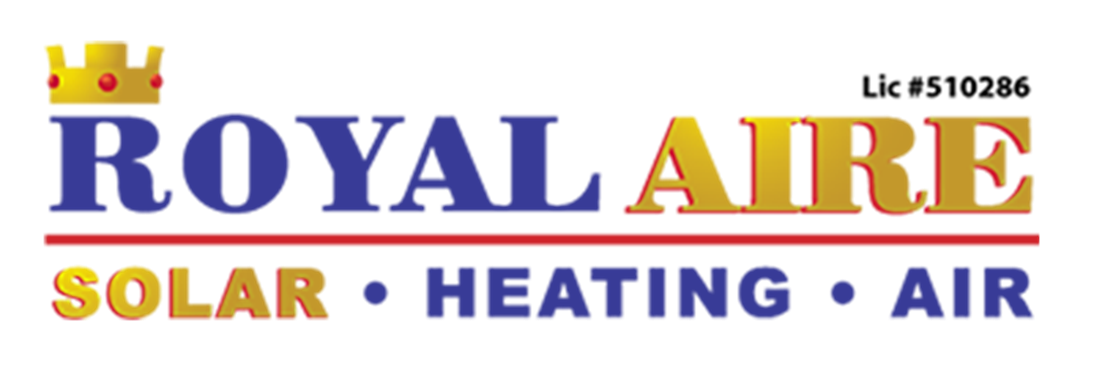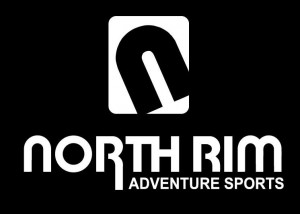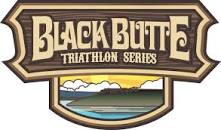Happy training for the week of 4/9. Updated items are in bold.
Chico Stage Race: The Chico Stage Race is this weekend and volunteers are still needed. The event includes Saturday’s Paskenta Hills Road Race and two Sunday events, the Chico Downtown Criterium and the River Road Time Trial. An additional event on Sunday is Fleet Feet’s Downtown Mile running race. Please contact Forough Molina (foroughsean at yahoo dot com) if you can volunteer for any of the weekend's events. CTC is tentatively planning to have our pop-up downtown on Sunday. If you're interested in helping man the booth, please contact Laura Van dervoort (bikingirl01 at yahoo dot com).
First Thursday Time Trial: The first Thursday of each month is CTC night at Rodney's Time Trial. This past Thursday, Josh R., Mike R., Greg W. Shawn H., Eric A., and Tammie W. turned out for the 16 Mile River Road Time Trial. Congratulations to Josh for posting the fastest time of the night. Results are posted here.
Discounts for Bay Area Triathlons: USA Productions has offered a 10% discount to CTC members for their summer races. Just enter the code "2012TCCSeries" when registering for any of these events:
- Morgan Hill Sprint Triathlon May 20, 2012
- Silicon Valley Triathlons, San Jose, CA June 23-24, 2012
- California Triathlons, Pleasanton, CA July 28-29, 2012
- Folsom Triathlons, Folsom, CA August 18-19, 2012
Practice Triathlon at Black Butte Lake: To help get you ready for our first club triathlon of the year, CTC is holding a practice triathlon at Black Butte Lake on Sunday June 3rd, the weekend before the Black Butte Triathlons. More details will follow, but we plan for a transition clinic, a kayak-assisted open water swim, road and or mountain biking a portion of the course, and some trail running. Do as much or as little of the course as you like and be ready to race a week later.














 Which is a better way for me to run, midfoot or heel striking? The answer is a definite and resounding, yes to either one.
Which is a better way for me to run, midfoot or heel striking? The answer is a definite and resounding, yes to either one.




